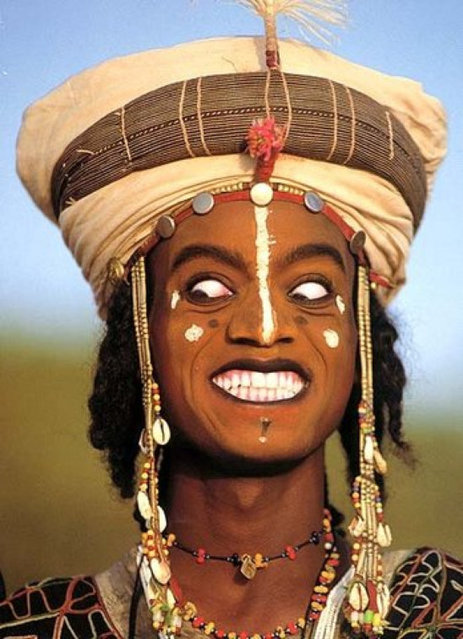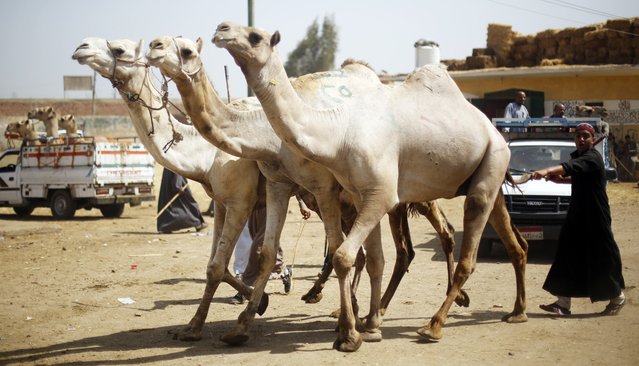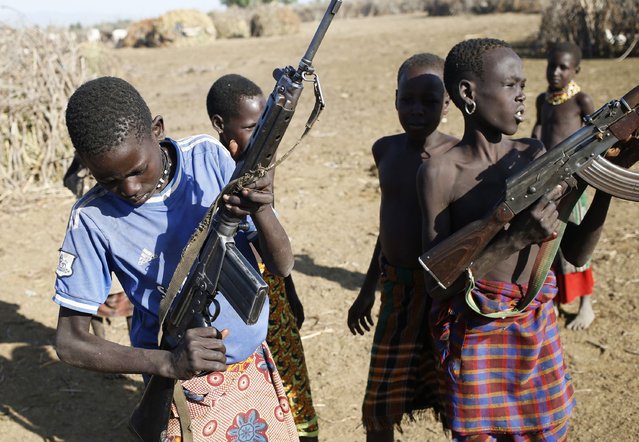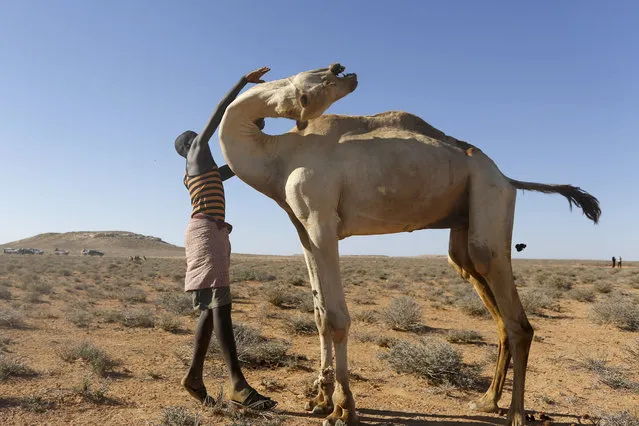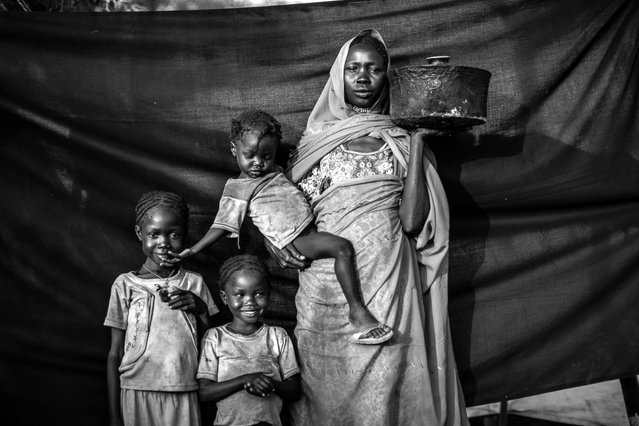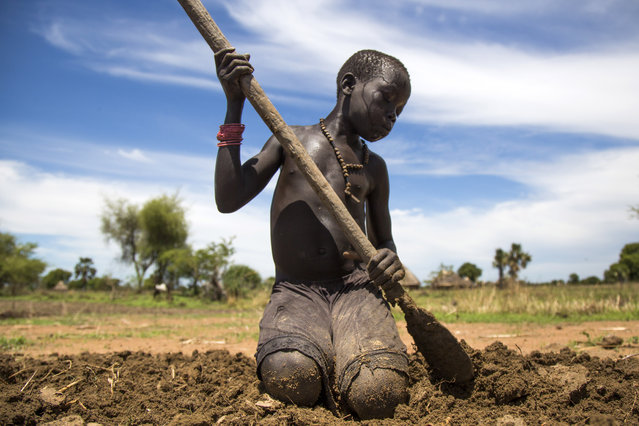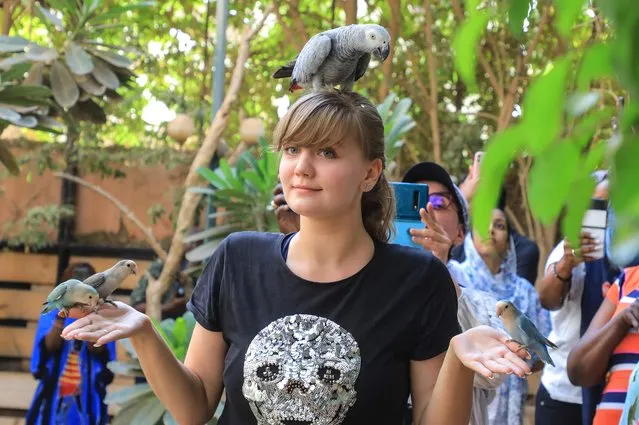
An undated handout photo obtained on May 14, 2022, from Khartoum's Marshall Nature Reserve for exotic birds, shows a visitor posing for pictures with some of the protected birds in the capital Khartoum. Tucked away east of Sudan's capital Khartoum, a sanctuary of lush green vegetation has been a haven for dozens of exotic birds from far and wide. (Photo by Khartoum Marshall Nature Reserve/AFP Photo)
29 May 2022 04:20:00,post received
0 comments


